
5 Easy Steps for Perfect Homemade Dehydrated Backpacking Meals
Feed Your Hiker Hunger with a Homemade Dehydrated Meal
One of the joys of backpacking is a hearty meal after a long day on the trail. There are many delicious pre-made backpacking meals available, but you can easily create your own lightweight backcountry cuisine from your favorite recipes and a food dehydrator. This easy guide will show you how to save money and turn any suitable recipe into a dehydrated meal in 5 easy steps.
Choosing a Recipe for Dehydrating
The best recipes for dehydrating are meals that involve a sauce. Think meals like pasta, chili, stew, soup or a casserole. You can find many dehydrating specific recipes online, but a dehydrating specific recipe isn't necessary. We often dehydrate the weekday leftovers of our favorite meals so we can enjoy them on our weekend adventures.
Quick Tip: No time to cook? Canned chili makes a great dehydrated meal, that is both lightweight and delicious!
Required Tools
Food Dehydrator
Food Scale
Ziplock Bags
Backpacking Stove and Pot
Direction
For these directions, we will be using a homemade chili recipe we found online, but the same steps and techniques are applicable to any suitable recipe.
1. Take a Pre-Dehydrated Weight
Use the food scale to weigh your meal before dehydrating. This gives you a base weight so you can calculate how much water will be needed to rehydrate your meal in camp.
2. Place Your Homemade Backpacking Meal in the Dehydrator
Place each meal on a parchment paper-lined dehydrating tray. The parchment paper keeps liquid and small pieces from falling through the tray. Spread the meal in a thin and uniform layer to ensure even dehydration.
3. Dehydrate Overnight or Until Dry
Dehydrating overnight is usually sufficient for most backpacking recipes. A fully dehydrated meal should be brittle, easily break away from the parchment paper and be free of moisture when crumbled. Check your meal and simply dehydrate for an hour or two longer as needed.
4. Take a Dehydrated Weight
Place your backpacking meal in a ziplock bag and measure its weight to calculate how much water will be needed to rehydrate. Here we see that we reduced the weight of our backpacking meal by 23.5 oz!
One fluid ounce of water weighs roughly 1.043 dry ounces so unless you want to get extremely precise you can estimate that you will need to add 23.5 oz of water to rehydrate your backpacking meal in camp.
Keep dehydrated meals in the freezer until you are ready to hit the trail to keep them fresh.
Quick Tip: We add a few extra ounces of water to allow for a few minutes of simmering.
5. Rehydrate Your Backpacking Meal in Camp
Place the dehydrated meal and the required amount of water into a pot and heat on your backpacking stove. Bring to a boil, stirring frequently, and simmer for a few minutes. Test a spoonful to make sure it is fully rehydrated and enjoy!
Quick Tip: You can pre-soak your meal to save fuel and reduce cooking time.
Do you have a favorite recipe that you dehydrate for backpacking? Share it with the CloudLine community in the comments below. We'd love to try your recipes on our upcoming backpacking adventures!
Click here to view all products available at Cloudline!







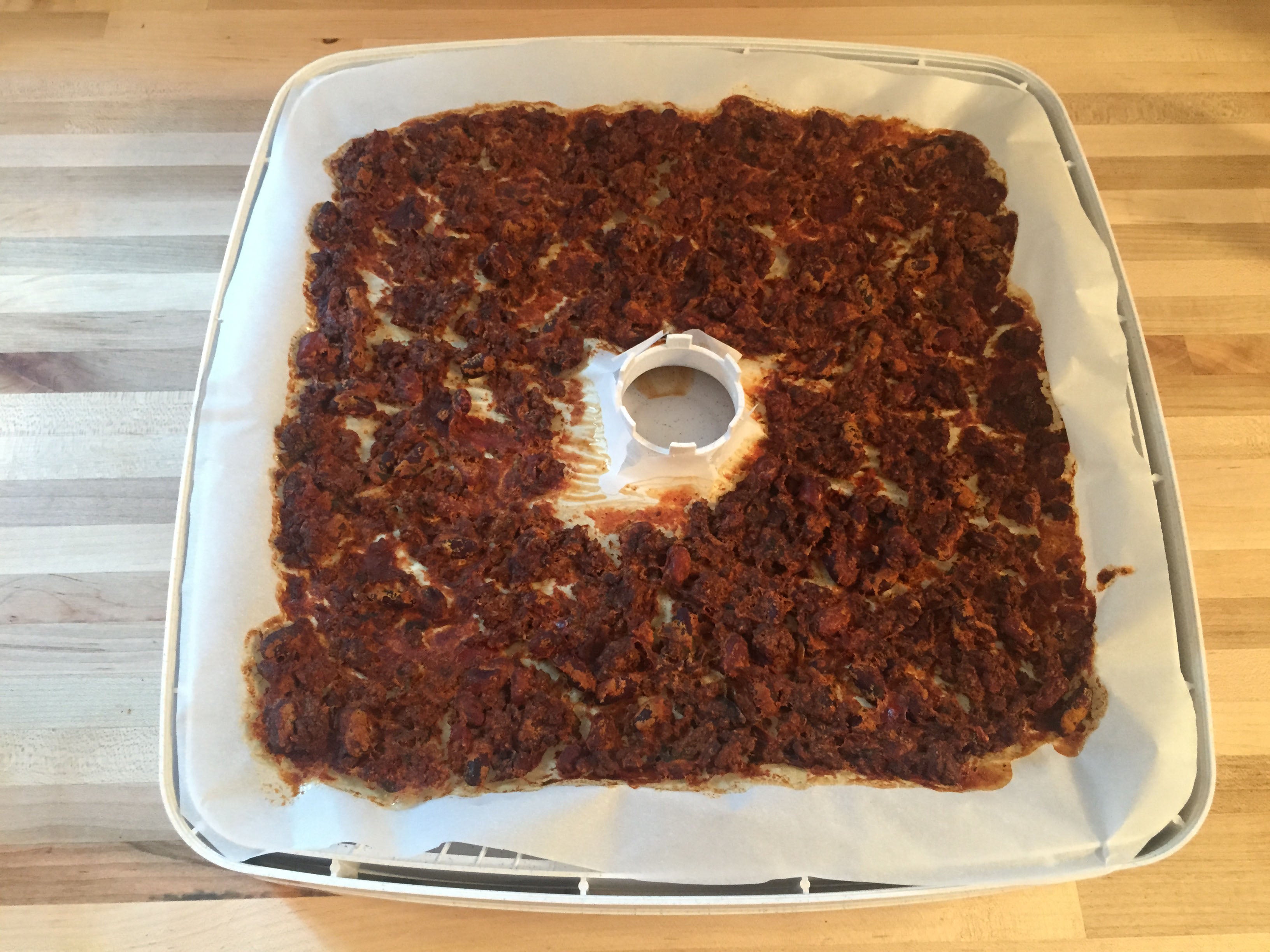
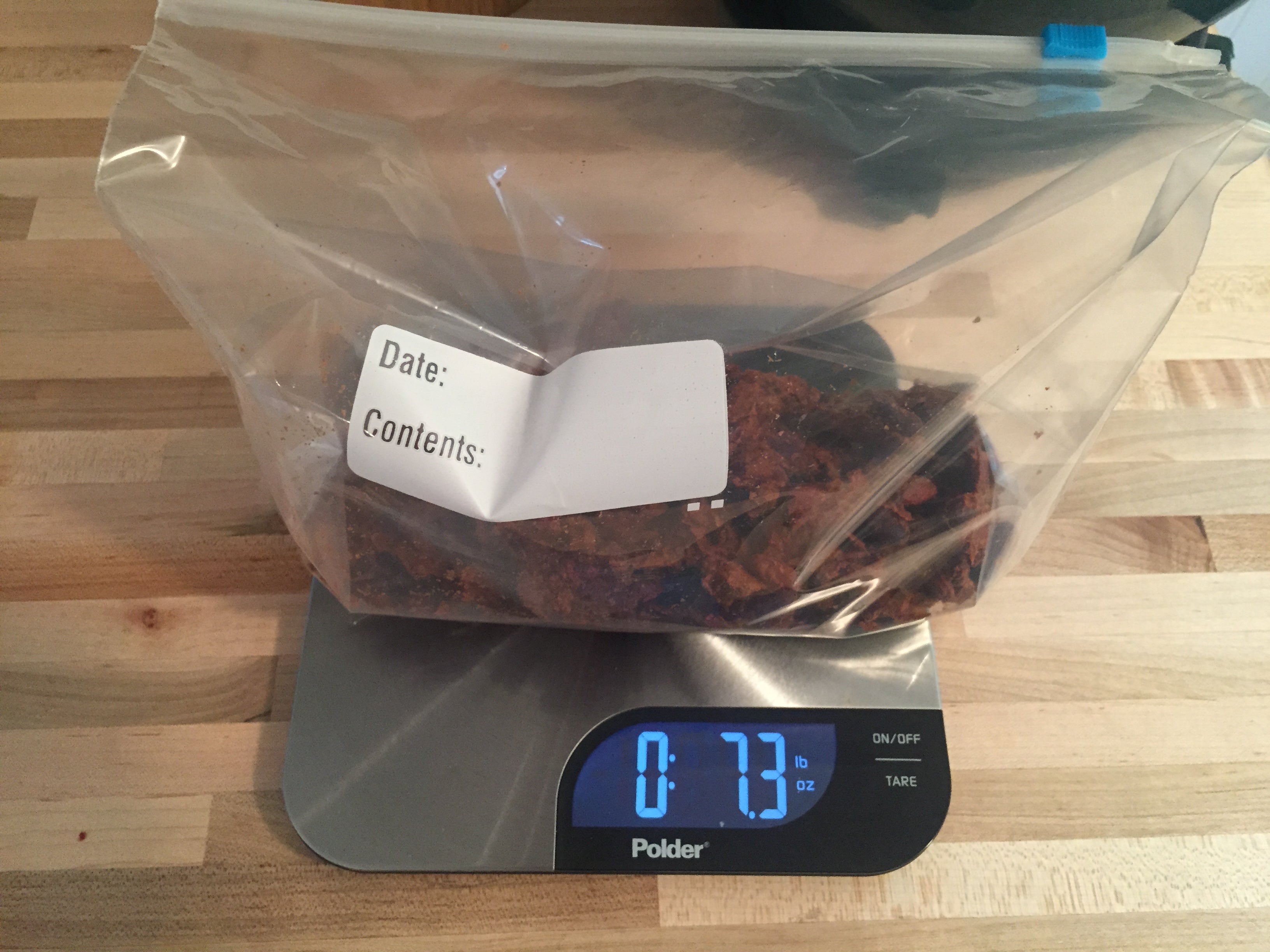
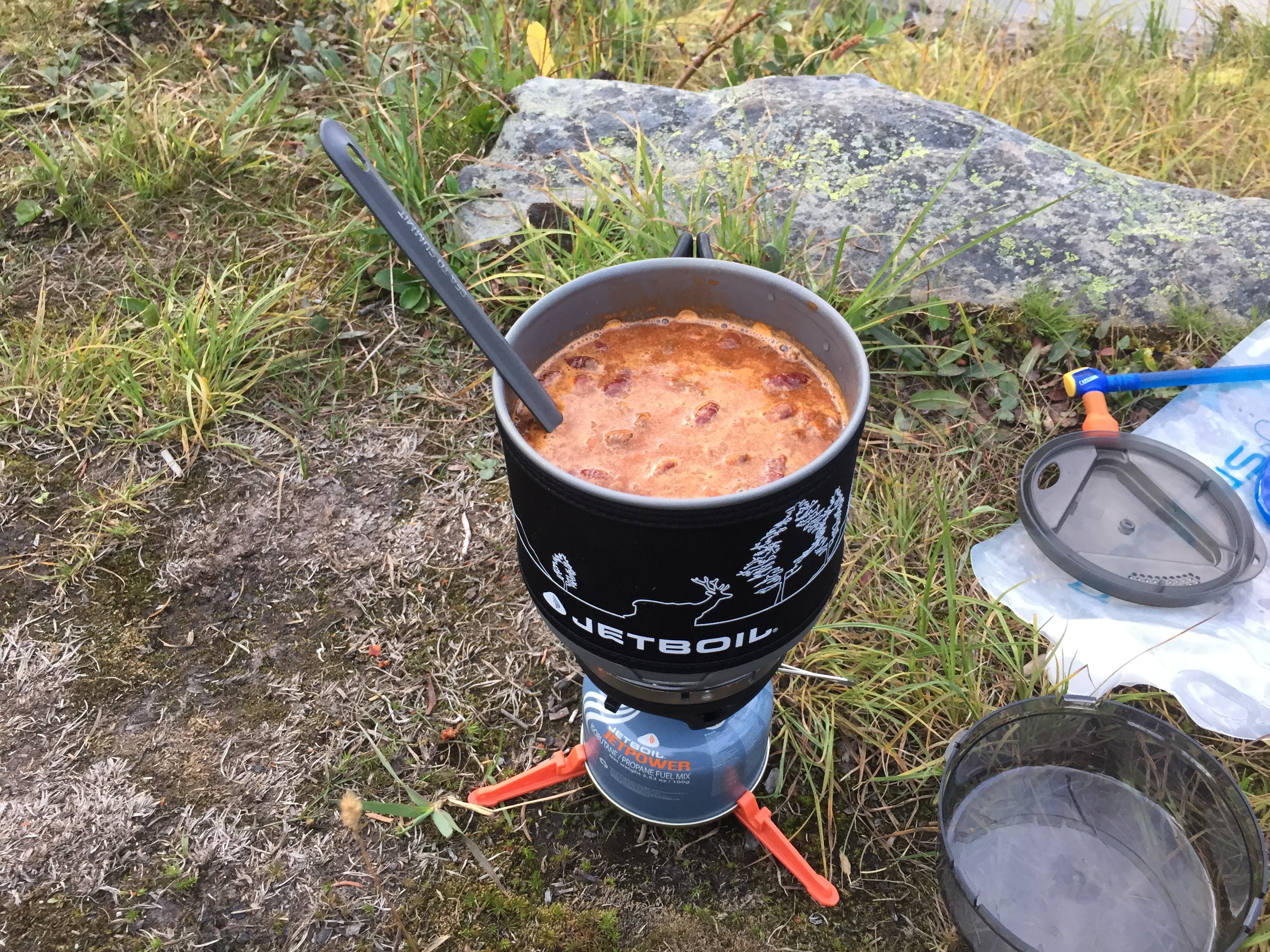
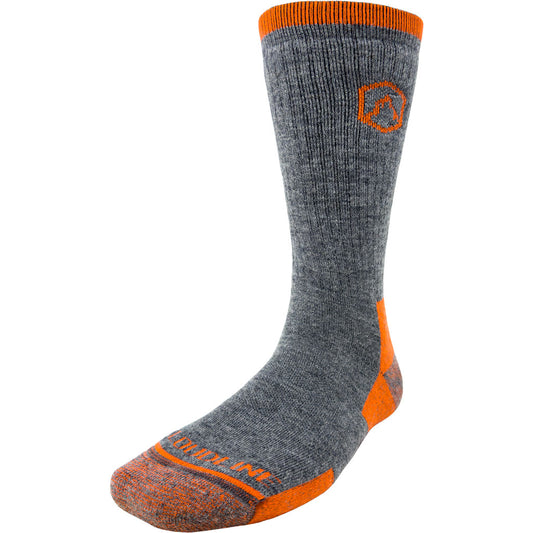
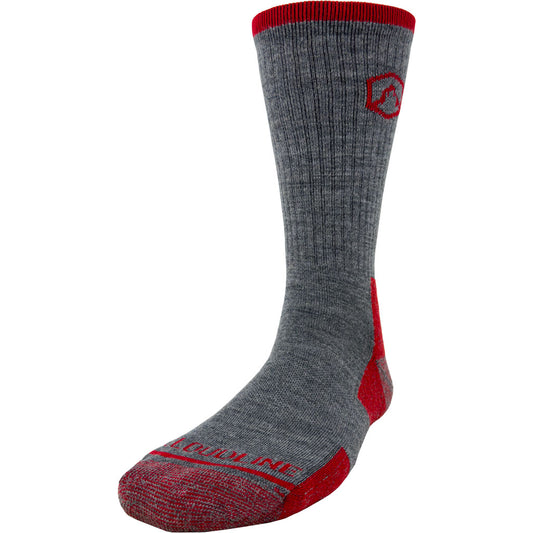
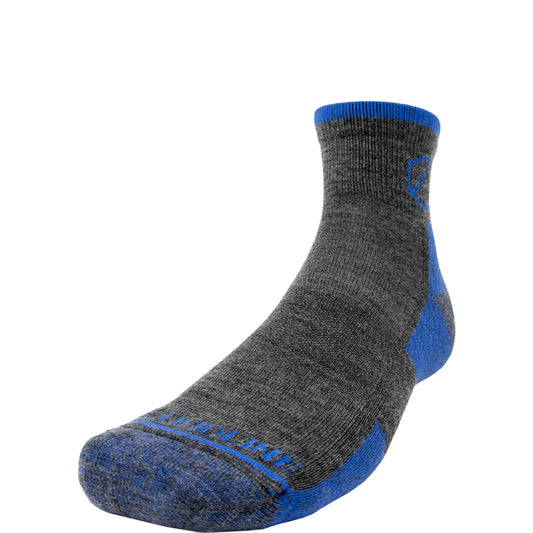
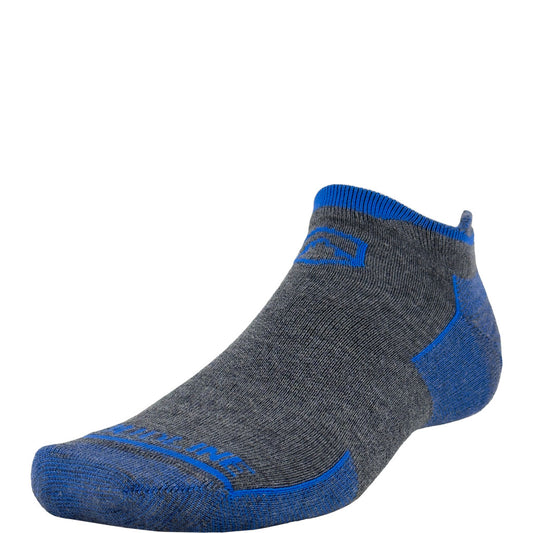
4 comments
Can homemade jerky be used for dehydrated meals in a jar?
Can you vacuum seal these to keep them fresh without having to put them in the freezer?
Love the water weight… Never thought of it that way. Dehydrating ground beef or turkey isn’t this easy though, unless you have a good to. My favorite fit meat was slices if lunch meat, shrimp, or immitation crab meat. I added them to any cheesy rice/spiral noodles or (fire the fish) for the seafood a gumbo rice mix (or just use Tony C’s soice and minute rice) and it was pretty amazing
What kind of dehydrator do you use?